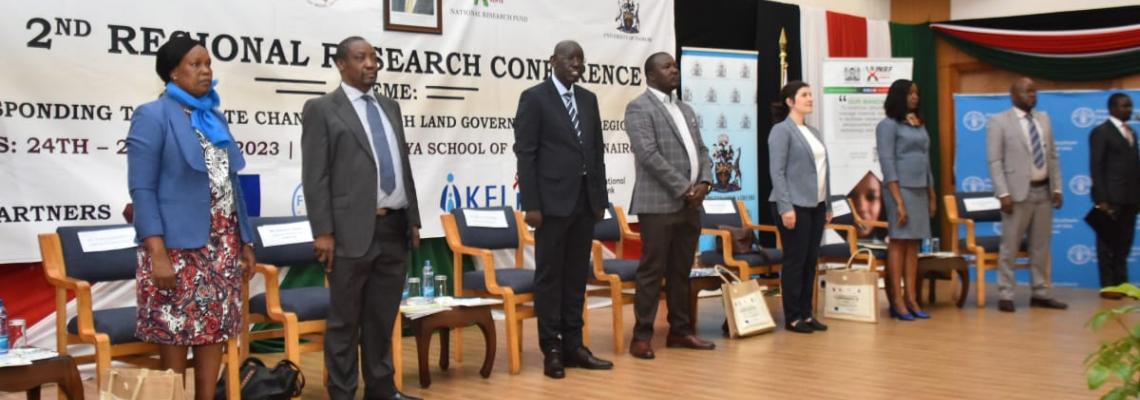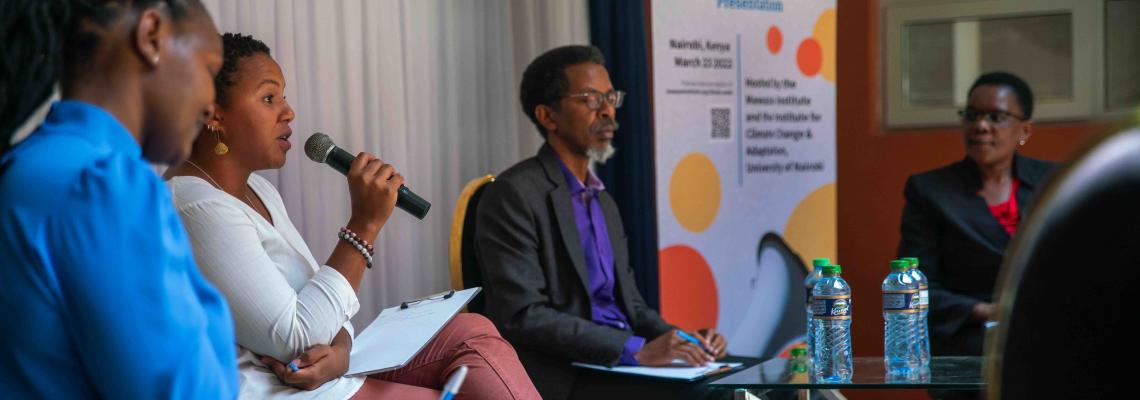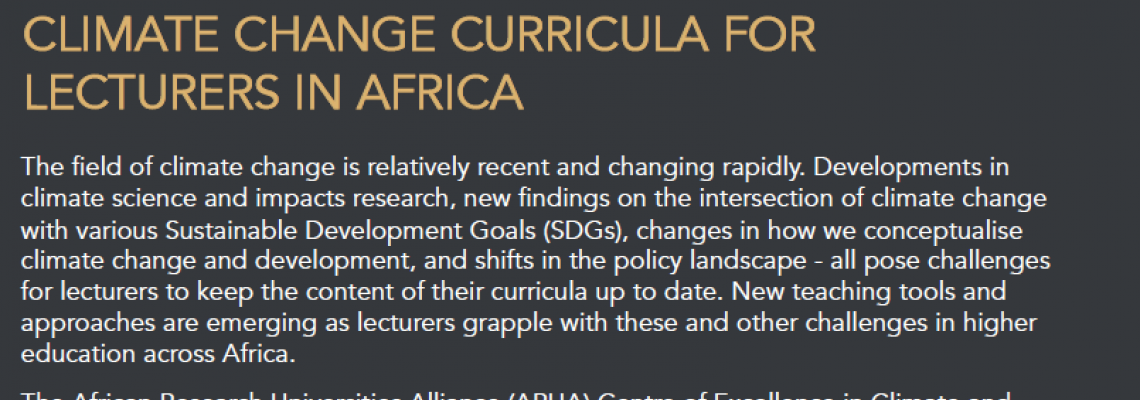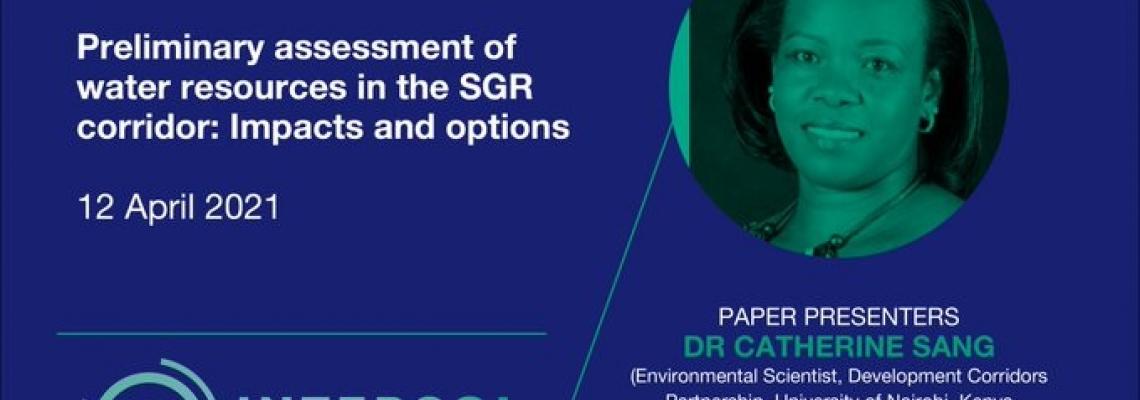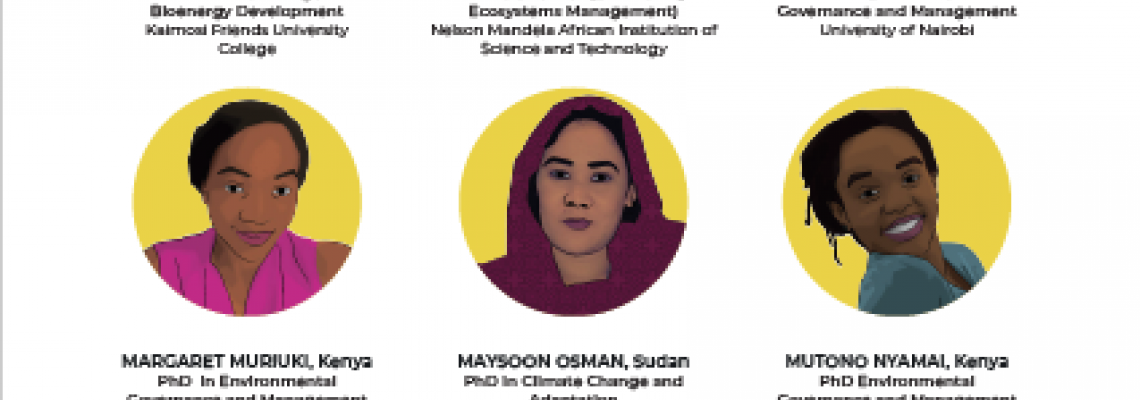Overview
RARE investigates the relationships between resilience and land rights in the context of pastoral and agro-pastoral (hereafter: pastoral) climate change adaptation in Kenya. It examines how adaptation strategies interact with land needs, land conflicts, and new land law reforms, and what the implications are for efforts to support community land rights for resilient rural development.
Climate change undermines food security and poverty alleviation, and may contribute to displacement and conflict, making resilient rural livelihoods key to sustainable development (IPCC 2014). A key element of resilience is rural communities’ capacity to adapt, which depends on their agency, the assets available to them, and the institutional, political and economic context (Adger et al 2003, Folke et al. 2010; Hesse et al 2013, Berkes & Ross 2013, Davidson et al. 2016). Recently, practitioners have argued that land rights are a critical asset in climate change adaptation and that new land uses, livelihood practices, and investments related to adaptation strategies require access to land (UNCCD 2014, Landesa 2017). However, research-based empirical knowledge on the role of land rights in climate change adaptation is limited. This project addresses three key knowledge gaps:
Sponser
Ministry of Foreign Affairs, Denmark
Abstract
The relationship between adaptation and land needs. Community adaptation strategies are well studied, including customary practices (e.g. Lengoiboni et al 2010) and those assisted by external interventions (IPCC 2014). These typically involve a range of processes such as changing mobility patterns, livelihood diversification, and new market exchange practices (Agrawal and Perrin 2009, Black et al 2011, Wang et al 2013; Nyaoro et al 2016). However, the effects of different adaptation practices on land needs are largely unknown. For example, how does adaptation affect land needs as people move elsewhere and/or diversify their livelihoods? And does adaptation influence how often and at what times of year land access is required? Systematic evidence is needed about the implications of communities’ adaptation strategies for their land needs in spatial and temporal terms, and how gender- and socioeconomic differences affect this.

